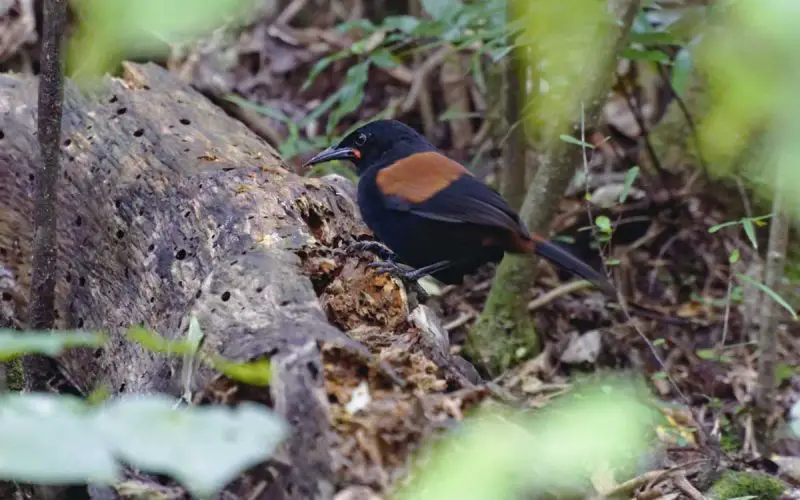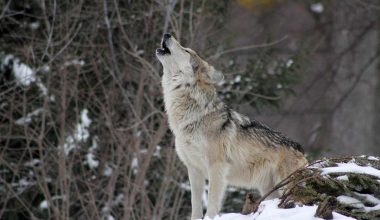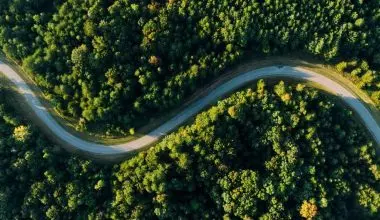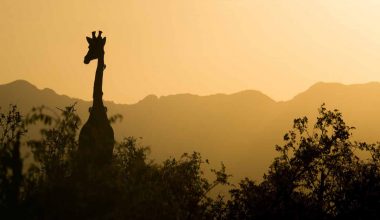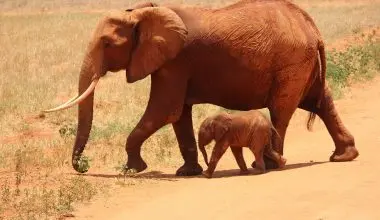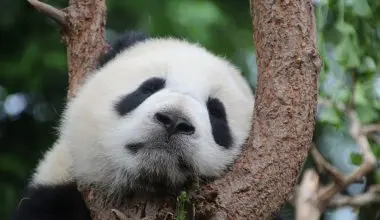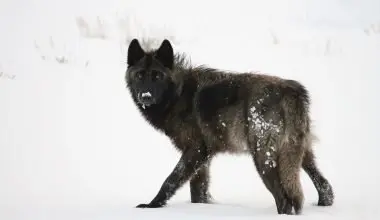Table of Contents Show
What is Critically Endangered?
Endangered species are those species that have been classified as having the potential to become extinct from the planet. An IUCN Red List Critically Endangered (CR) species is one that has been classified by the International Union for Conservation of Nature as undergoing a very high danger of extermination in the wild.
As of 2021, there are 6,811 species that are deemed to be Critically Endangered. This is out of the 120,372 species presently pursued by the IUCN.
It is important to find the root cause for these species that are deemed as threatened species and find solutions for their conservation.
The IUCN Red List offers the public with data concerning the conservation rank of animal, fungi, and plant species as well as the conservation status of the species. It distributes different species into seven unique groups of conservation. These are grounded on habitat range, population size, type of habitat, threats, etc. Every group is representative of a different sort of worldwide extinction possibility.
Species that are thought to be Critically Endangered are put in the “threatened” group. The listed species in the group of “threatened” are the most vulnerable to extinction.
Since the IUCN Red List does not deliberate a species non-existent until wide-ranging, thorough surveys have been piloted, threatened species that are potentially extinct are still registered as Critically Endangered. IUCN keeps a separate list of “possibly extinct” and “possibly extinct in the wild” species.
Criteria for Critically Endangered Species
To be described as Critically Endangered in the Red List, a species has to meet any of the subsequent benchmarks (A-E) (“3G/10Y” indicates three generations or ten years-whichever is longer-over a maximum of 100 years; “MI” means Mature Individuals).
A: Population Size Decrease
- The rate of decline is calculated over a 10 year span or across three different generations within that species.
- The reason for this drop also has to be identified.
- If the causes for population decrease no longer take place and may be reversed, the population must have to be lessened by at least 90%
- If not, then the population has to have been decreased by at least 80%
B: Decrease Across a Geographic Range
- This decrease has to happen over less than 100 km2, or, the capacity of habitation is less than 10 km2.
- A lot of habitat fragmentation or prevailing at just one place, which also reduces genetic diversity in the habitat.
- Fall in amount of occurrence, area of habitation, area/extent/quality of occupancy, number of places/subpopulations, or number of MI.
- A lot of instabilities in amount of occurrence, area of habitation, amount of locations/subpopulations, or number of MI.
C: Population Reduction
- The population has to drop to less than 250 MI and either:
- A reduction of 25% over 3G/10Y
- A lot of fluctuations, or over 90% of MI in one subpopulation, or no more than 50 MI in any single subpopulation.
D: Population Size Decrease
- The population extent has to be decreased to numbers of less than 50 MI.
E: Likelihood of Extinction
- There has to be at least a 50% chance of going extinct in the wild within over 3G/10Y
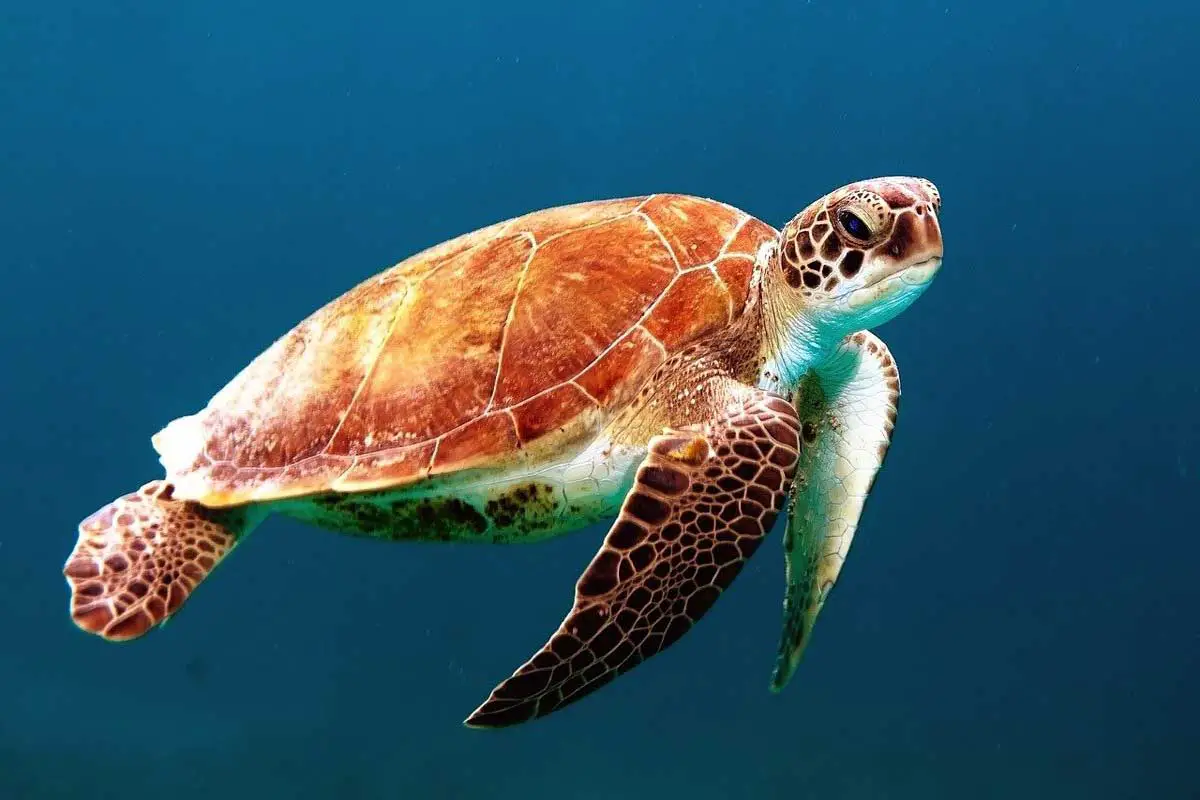
Causes of Critical Endangerment of Species
The ongoing extinction disaster is observing extinction rates that are taking place at a quicker rate than that of the normal extinction rate. It has mainly been attributed towards human influences on climate change and the harm to biodiversity.
Human population on the rise has led to more and more land requirement for humans to live, leading to increase habitat fragmentation or even habitat loss. Increased pollution due to the surge in population has triggered climate change more than ever.
This is in addition to natural forces that can place strain on the species or cause an animal population to become wiped out. The key reasons for Critically Endangered species is the following.
Loss of Habitat
This is deemed to be one of the most substantial causes that animals and plants become in danger of extinction. Species depend on their habitat for the resources required for their continued existence.
If the habitat becomes ruined, genetic diversity will go down, and the population will see a fall in their numbers. Habitat destruction goes a long way in causing population decline of threatened species and vulnerable species alike.
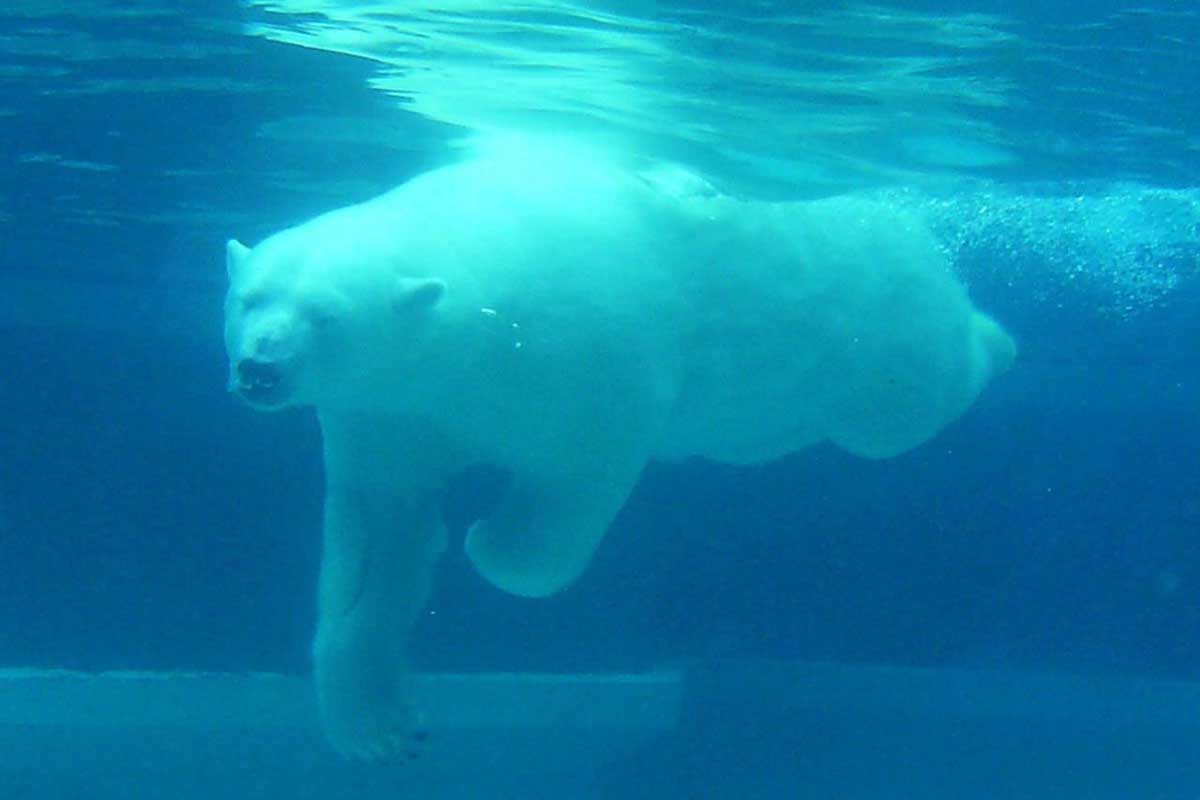
Some events that cause habitat loss are:
Introduction of Invasive Species
Invasive species conquer and take over a new habitat for its natural resources as a way to outcompete the local organisms, ultimately exploiting the habitat.
This can result in either the local species’ destruction or making them endangered, thereby increasing the extinction risk. Invasive species ultimately displace the native species of that habitat and because these native species cannot live in new habitats become susceptible to extinction.
Disease
The appearance of a disease into a new habitat can cause it to infect the local species. Because of their lack of understanding with the illness or slight resistance, the local species can die out.
This will cause a population decline of that specie. vulnerable species are more easily subjected to catching illnesses as they may not be better adapted to fighting diseases especially brought on by invasive species.
Environmental Pollution
Pollution is detrimental to both the species and habitat. This can cause a population decline. Pollution has many forms: Air, Light, Noise, Pesticides, and Chemicals. Climate change has triggered due to widespread pollution of the environment. marine species have been severely affected by tons of waste being thrown in oceans and seas.
Freshwater fish, requiring fresh water to live in are at threat as the amount of fresh water is decreasing due to constant pollution. Pollution has also caused tropical rainforest to become in regions around the world to become severely reduced of land area and biological diversity.
Depletion of Natural Resources
If resources become damaged and exhausted, there are no longer sufficient resources to put up with the local species of this habitat. This eventually reduces the population as well as their genetic diversity.
Species are then forced to either adapt to the circumstances and look for natural resources elsewhere or face the risk of catastrophe. Loss of natural resources further aggravates issues in the habitat, furthering habitat loss and species reduction.
Hunting/Fishing
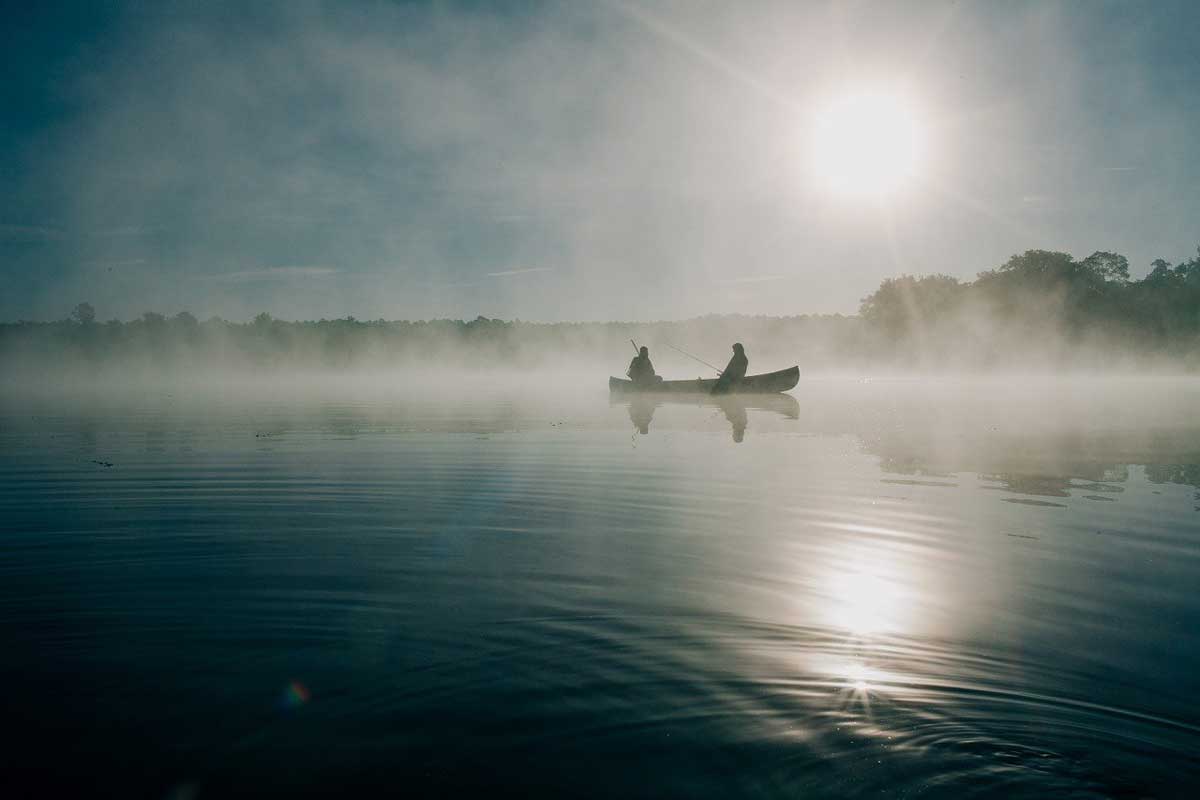
Overhunting/overfishing of a particular species can cause other species that depend on that particularly species to feed off of have nothing to eat. Overhunting/overfishing of a specific species can further cause them to become rare because population reduction.
Fishermen must be barred from hunting, captive breeding, and selling of animals, especially those threatened species that are in the red list category.
Heavy taxes, fines, and even criminal actions must be taken against those people who use endangered animals as a means of pleasure and business.
Critically Endangered Species Conservation
A large portion of species have become inexistent and are reflected to be Critically Endangered. Conservation effort is essential in order to provide respite and rescue for vulnerable species that are experiencing extinction, in particular those who are in the IUCN red list category.
This is because of the waning rate of biological diversity as ecosystems fail together with its extinct and Critically Endangered species. It would take years before another species population would return to the environment and raise its genetic diversity rate.
The Taxon of any population must be prevented from being reduced.. Conservation effort, like the following allow for human forced pressures of these Critically Endangered species to be decreased.
Efforts should be taken to reduce the number of endangered animals and reduce the number of species on the endangered species list so that harmony in the ecosystem can once again be attained.
Educate Yourself and Others

This is deemed to be one of the most vital conservation approaches. conservation effort can only bare fruition if the conservation concern is understood and measures are taken.
By studying about wildlife, you are more able to appreciate the significance of these threatened species and the resources looked-for for their continued existence. This can either be educating yourself about the wildlife in your resident neighborhood or across different countries.
You can then instruct friends, family, and neighbors on data concerning many local and global species. people should take part in wildlife service, read up on the endangered species list, and if governments are taken measures to protect these vulnerable animals, marine fish, and birds from falling into the red list category.
Not only that people must also be aware of the critical habitat that these endangered animals require for survival and how climate change, pollution, and other human activities are affecting and promoting habitat destruction.
This comprises of activities such as:
- Go to a national wildlife refuge or parks
- Volunteering in wildlife service
- Perceive the plants and animals around you
Recycle and Use Sustainable Products
Recycling helps to reduce amount of plastic waste that ends up in both the marine and terrestrial environments. Utilizing more environmentally friendly products that has repetitive use will decrease the quantity of trash and recycling waste that ends up in our environment.
Tropical rainforest will be preserved if countries and industries lean towards recycling and sustainability. Recycling will also protect the marine species that are affected my pollutants every year, and will prevent habitat destruction of these species.
Inspire Wildlife-Friendly Practices in Your Neighborhood
- This consists of cleaning up objects that is used by groups of animals in order to avoid disease transfer,
Example: bird baths and hummingbird feeders
- Make certain that trash cans are shut so that animals cannot be enticed by it.
- Moreover, make sure that food is not left outside and locations with water are main.
- Keep within the speed limit of your district to dodge killing any animals by mistake. This can prevent the decrease of a local species population size within a specific area if it is a usual occurrence within this species.
Track Your Chemical Usage
Try not using intense chemicals, insecticides, and pesticides since they have been well-known to damage the soil within its nearby environment. High levels these chemicals can be deliberated as hostile or even poisonous to local species.
Do make sure that waste chemicals are not deposited in a critical habitat or any protected areas where there are endangered creatures.
Do Not Participate in Unlawful Wildlife Captivity
Poaching and captive breeding programs not only reduces the population’s numbers, but furthermore upsets the balance of a particular habitat.
This is because of the fact the particular species are considered to be valuable to their environment because they provide it with natural resources. By killing off a certain species, you are potentially depriving the habitat of the resources required to endure its other native animal and plant species.
Poached animals have been identified to bring about and spread disease amongst human populations via wildlife trade as well. This may also disturb the health of an environment by affecting its native species populations.
Example: COVID-19, SARS, Ebola, etc.
Develop Protective and Relief Projects for Threatened Species
The Endangered Species Act was contracted into law in 1973 by Richard Nixon. It was to safeguard animals and plants that were going through potential extinction after an already noticeable decrease of some species in the 1900s.
This is meant to allow species to recuperate to the point where they no longer require safety.
The U.S. Fish and Wildlife Service formed the relief program “Critically Endangered Animals Conservation Fund” to send money to continents such as Africa, Asia, South America, and Oceania. This allows for missions that offer aid with the reclamation of Critically Endangered species from the edge of extermination.
Examples of Critically Endangered Species
1. Black Rhino
Populations of Black Rhino dropped radically in the 20th century because of European hunters and settlers. Between 1960 and 1995, Black Rhino numbers plummeted by a sobering 98%, to less than 2,500. Since then, the species has made a marvelous comeback from the edge of extinction.
Owing to obstinate conservation determinations across Africa, black rhino numbers have increased twofold from their significant low 20 years ago to about 5,600 today. But, the black rhino is still deemed critically threatened, and a lot of work continues to bring the statistics back up to even a fraction of what it once was-and to make sure that it stays there.
Wildlife misconduct-in this case, poaching and black-market trading of rhino horn-remains to trouble the species and intimidate its retrieval.
2. Hawksbill Turtle
Hawksbill Sea Turtles are found predominantly all over the globe’s tropical oceans, mainly in coral reefs. They mainly eat sponges by means of their narrow pointed beaks to grab them from gaps on the reef, and consume jellyfish and sea anemones too.
Sea turtles are the existing reps of a collection of reptiles that has lived on Earth and journeyed our seas for the last 100 million years. They are a central tie in marine environments and assist to preserve the wellbeing of coral reefs and sea grass beds.
3. Sunda Tigers
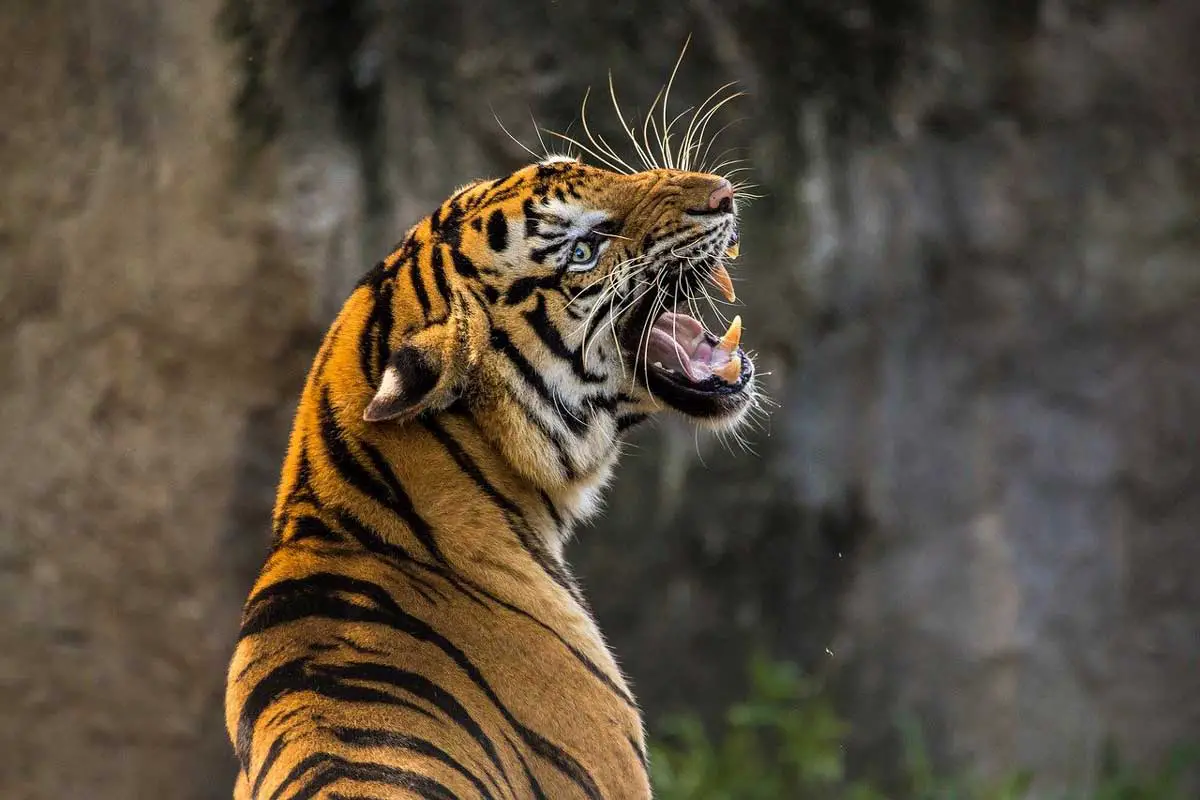
Quickening deforestation and widespread poaching mean this honorable cat could end up wiped out like its Javan and Balinese relatives.
In Indonesia, anyone found out for shooting tigers could face jail time and large fines. On the other hand, regardless of amplified energies going into tiger protection-together with consolidating law implementation and anti-poaching ability-a considerable market still exists in Sumatra and other parts of Asia for tiger parts and products.
Sunda tigers are losing their home and prey pretty quickly, and poaching is a chronic danger.
4. Asian Elephant
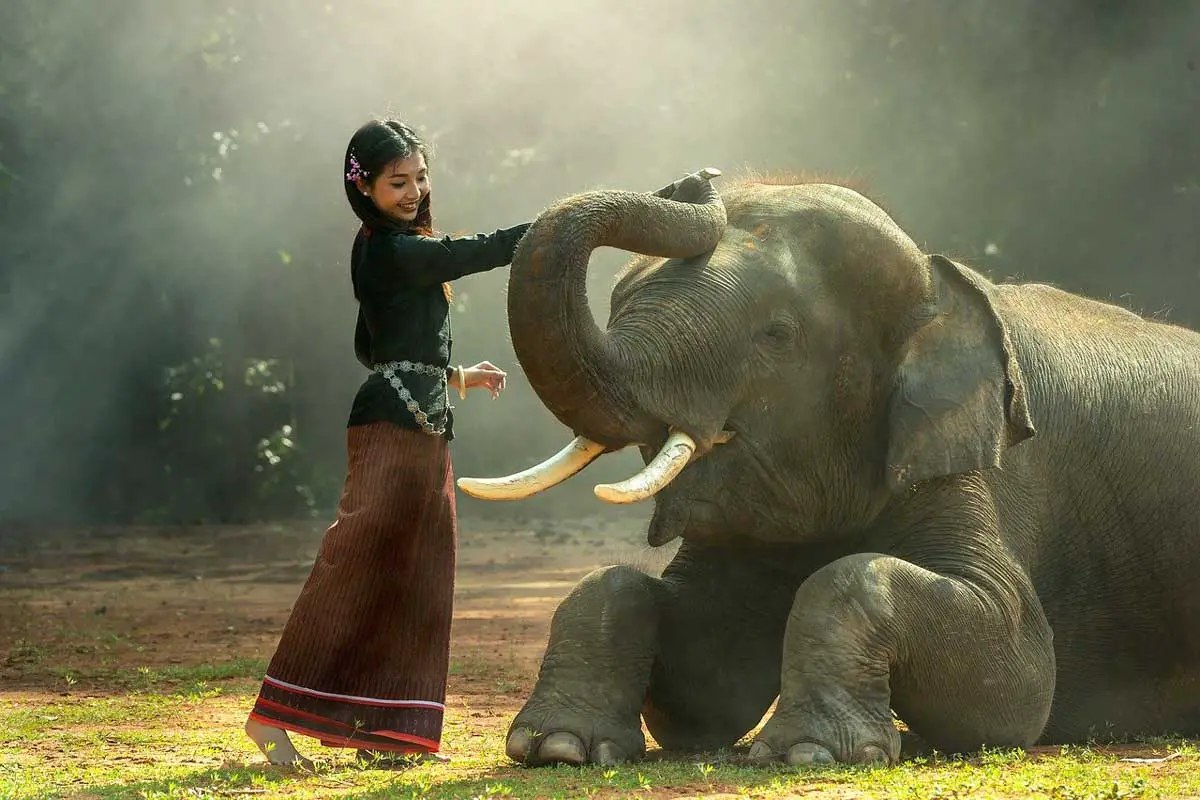
Asian elephants are very friendly, making clusters of six to seven related females that are guided by the eldest female, the matriarch. Like African elephants, these groups usually join others to create bigger herds, even though these relations are comparatively short-lived.
In Asia, elephant herd sizes are considerably smaller than those of savannah elephants in Africa.
5. Whale Shark
The largest size of whale sharks is not yet identified, however, they can be as large as 20m. Females produce offspring to live young but this has not yet been detected. Where birthing takes place and where the youngest animals are found is still an unknown, since they are very infrequently observed.
Adults are typically seen feeding at the surface, but can dive to 1000m. Whale sharks are safe from fishing in several nations nowadays, but are in a drop in some regions.
6. Black Spider Monkey
The black spider monkey-otherwise known as the Guiana or red-faced spider monkey-can be found in eastern South America in regions north of the Amazon River.
They are one of seven species of spider monkeys located in Latin America and one of the biggest primate species in South America.
